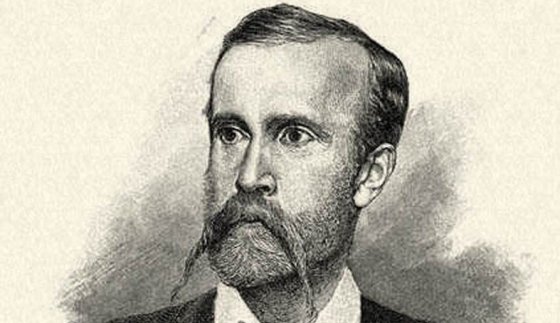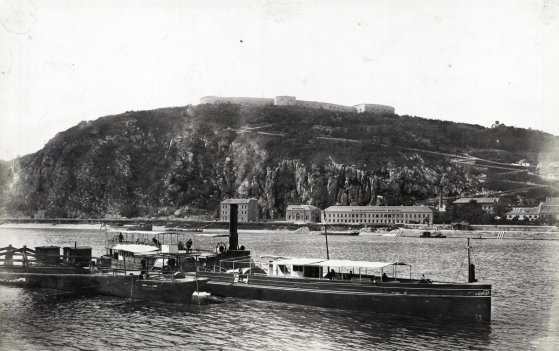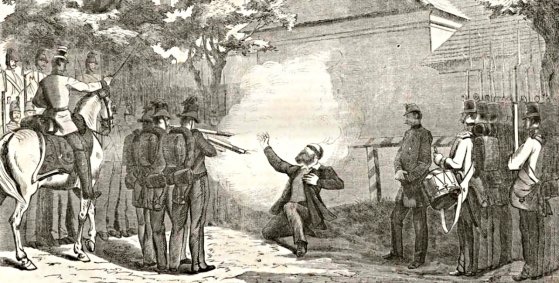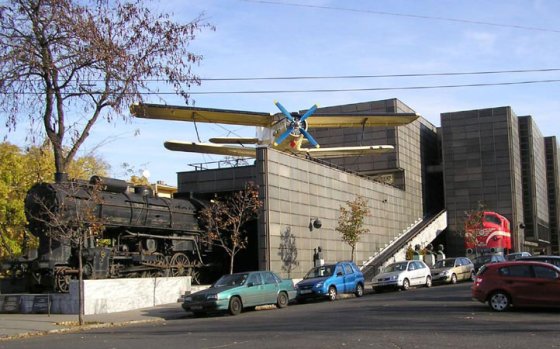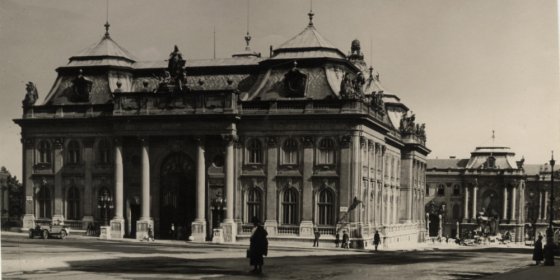 The „intertwined history” of the bridges and the city of Budapest
Which ideas and events have shaped the fate of bridges of Budapest and the cityscape? Alongside many other interesting facts, this question is also answered this newly published book by the Budapest City Archives, which introduces the history of bridges in Budapest.
The „intertwined history” of the bridges and the city of Budapest
Which ideas and events have shaped the fate of bridges of Budapest and the cityscape? Alongside many other interesting facts, this question is also answered this newly published book by the Budapest City Archives, which introduces the history of bridges in Budapest.
New Building
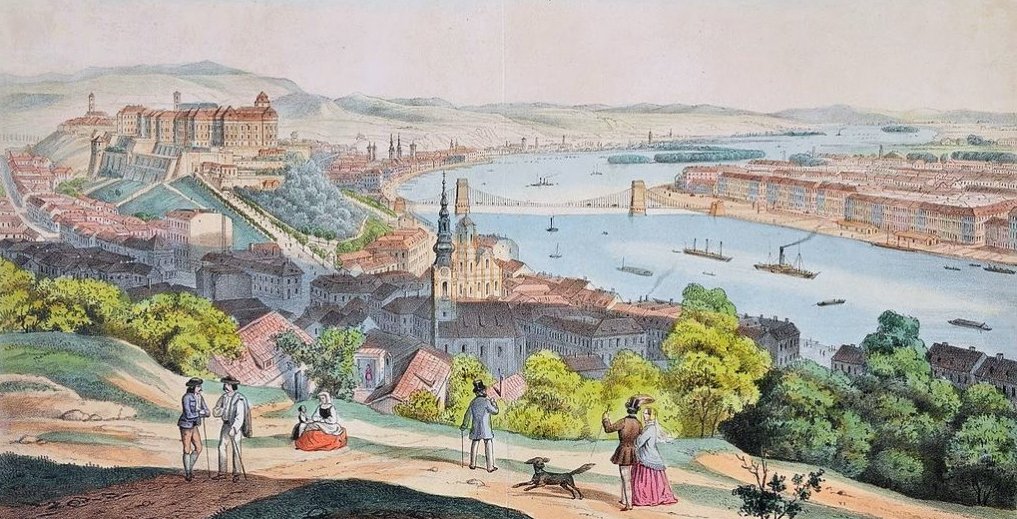 Pest and Buda in 1848
Pest and Buda in 1848
March 16, 2023 at 11:00 AM
Perhaps the best-known Hungarian historical date is 15 March 1848. But what was the city of Pest and Buda like 175 years ago, where a few literary young men recited poems and printed a manifesto in a heightened mood, accompanied by a relatively large but peaceful crowd on that rainy March day, thus setting a new direction for the development of Hungary?
Imre Madách, born 200 years ago, became a writer in Pest
January 28, 2023 at 9:00 AM
The young Imre Madách lived in Pest for three years. While completing his law studies at the University of Pest, he also got involved in social and cultural life. He regularly visited the performances of the Hungarian Theatre of Pest, attended concerts at the National Casino, but the highly educated young man also learned to paint, fence, and play the piano in the capital. His first volume was published here. Pestbuda remembers Imre Madách, who was born 200 years ago.
Budapest acquired two hated buildings 125 years ago
October 21, 2022 at 10:00 AM
Several well-known symbols of oppression of Hungary and Budapest stood in the centre of the capital even in the decades after the Austro-Hungarian Compromise. One is the Citadella fortress built to intimidate the city after the defeat of the War of Independence on top of Gellért Hill, and the other is the huge New Building, also known as the prison of soldiers of the 1848 national army, with a bad memory, on the site of today's Szabadság Square. Budapest acquired these two military facilities in October 1897. The New Building was demolished in a short time, but they could not do anything with the Citadella for decades.
The Pest stations of a life: A tragic fate that befell Lajos Batthyány
October 6, 2022 at 10:00 AM
On 6 October, Hungarians remember not only the 13 generals of the army executed in Arad, but also Count Lajos Batthyány, the martyred Prime Minister of Hungary's first responsible government, who was executed in Pest, in the courtyard of the New Building. An eternal flame has stood at the place of the execution since 1926, a worthy memorial to the count, who gave his life for Hungarian freedom. Batthyány, who became the leader of the opposition during the reform era, moved to Pest in 1841, visited many notable places in the capital, and Pestbuda now collected these on the tragic anniversary.
Thirty-five years ago, the newly built wing of the Museum of Transport was handed over
June 6, 2022 at 11:00 AM
A major event in the life of the Museum of Transport took place 35 years ago, after 8 years of construction, the new wing of the building was handed over. Although the museum's severe lack of space was alleviated, the new wing, which was modern in the era, did not solve all the problems.
Budapest then and now – 6 photos showing how much the cityscape has changed over a century
August 31, 2021 at 9:00 AM
The change in Budapest can be surprising when looking at old pictures: the former riding hall behind the National Museum, the New Building (Újépület) on the site of the current Szabadság Square, the disappeared houses of Pest and Buda downtown, the former splendour of the Buda Palace, and the beautiful historic buildings which stood on the site of the series of hotels along the Danube. What has changed and what is constant? Take a look at the six pictures Pestbuda collected.
More articles
 The „intertwined history” of the bridges and the city of Budapest
Which ideas and events have shaped the fate of bridges of Budapest and the cityscape? Alongside many other interesting facts, this question is also answered this newly published book by the Budapest City Archives, which introduces the history of bridges in Budapest.
The „intertwined history” of the bridges and the city of Budapest
Which ideas and events have shaped the fate of bridges of Budapest and the cityscape? Alongside many other interesting facts, this question is also answered this newly published book by the Budapest City Archives, which introduces the history of bridges in Budapest.
 The Bridge Report, which brought a turning point in the history of Budapest
A travel report that changed the history of Pest and Buda, as well as Hungary. The little book contributed to the change of half a thousand years of legal customs and the implementation of an investment of unprecedented size and technical quality. This book was The Bridge Report [Hídjelentés in Hungarian].
The Bridge Report, which brought a turning point in the history of Budapest
A travel report that changed the history of Pest and Buda, as well as Hungary. The little book contributed to the change of half a thousand years of legal customs and the implementation of an investment of unprecedented size and technical quality. This book was The Bridge Report [Hídjelentés in Hungarian].
 Drama on the university wall - The heroic monument was planned 95 years ago
In the constant hustle and bustle of the Egyetem Square in Pest, the students may not even notice the monument that decorates the short section of wall between the church and the central building of ELTE. However, it commemorates their predecessors, the heroes who fought for their country in World War I, and those who heroically helped them. The first design of the dramatically collapsing soldier was born in 1928, ninety-five years ago.
Drama on the university wall - The heroic monument was planned 95 years ago
In the constant hustle and bustle of the Egyetem Square in Pest, the students may not even notice the monument that decorates the short section of wall between the church and the central building of ELTE. However, it commemorates their predecessors, the heroes who fought for their country in World War I, and those who heroically helped them. The first design of the dramatically collapsing soldier was born in 1928, ninety-five years ago.

